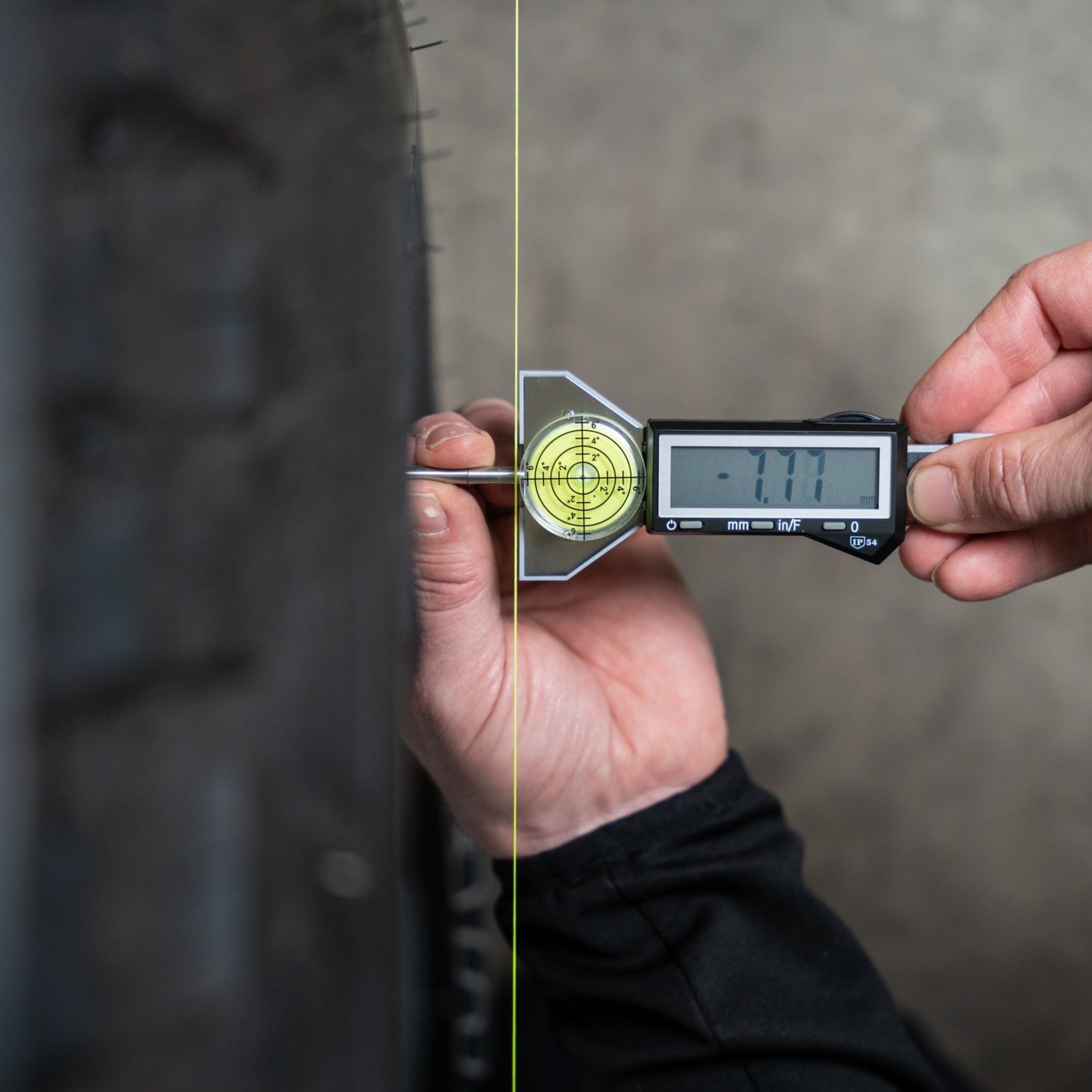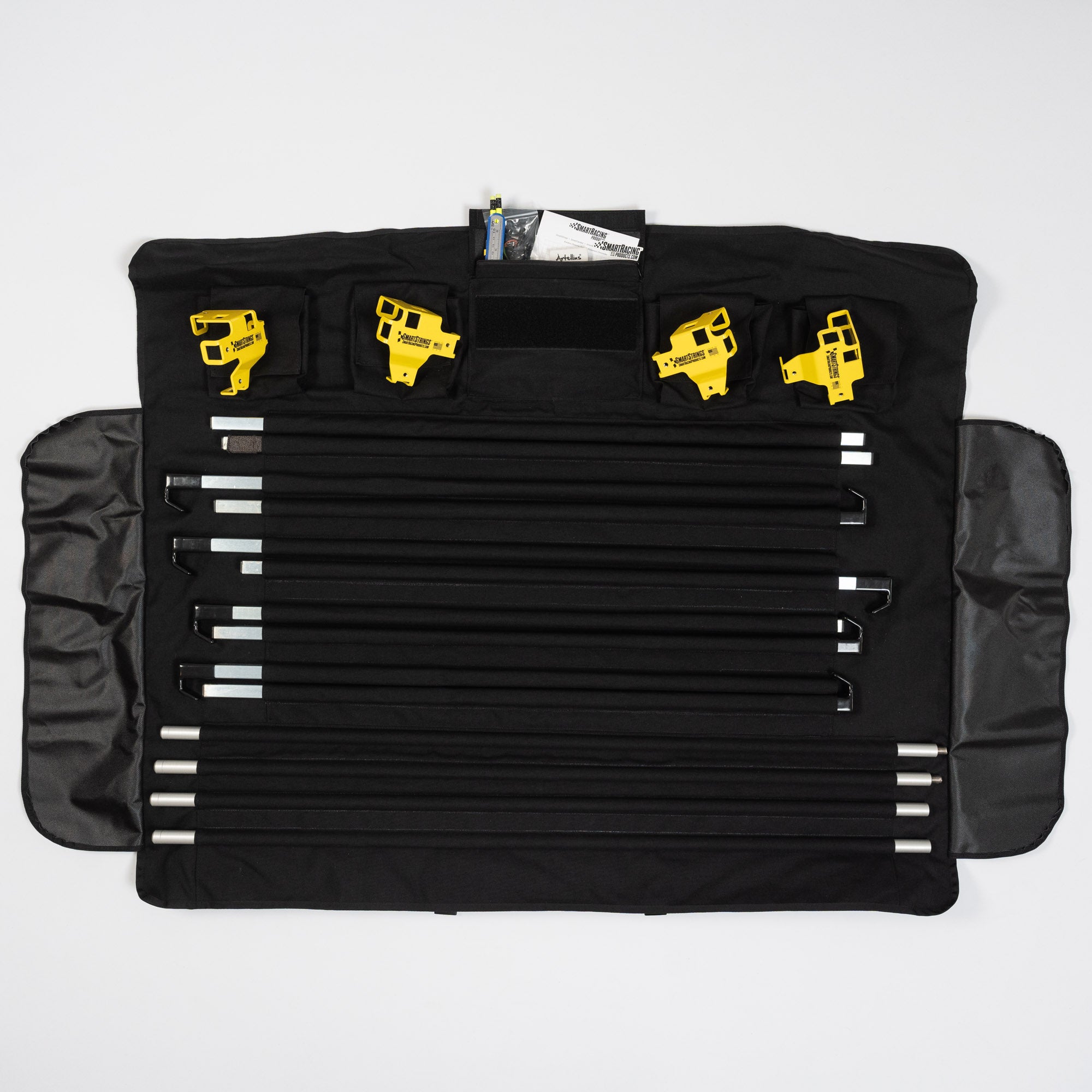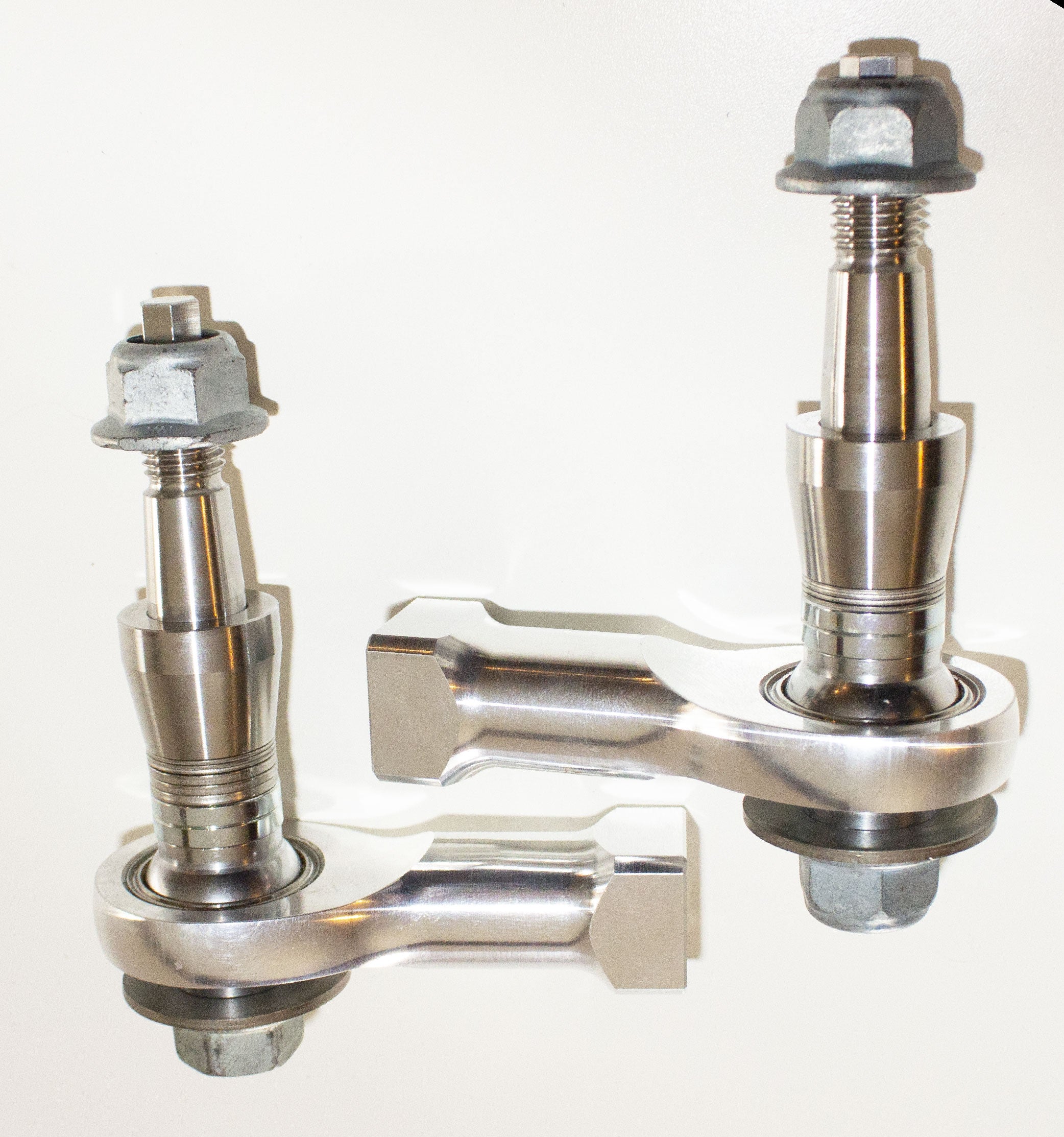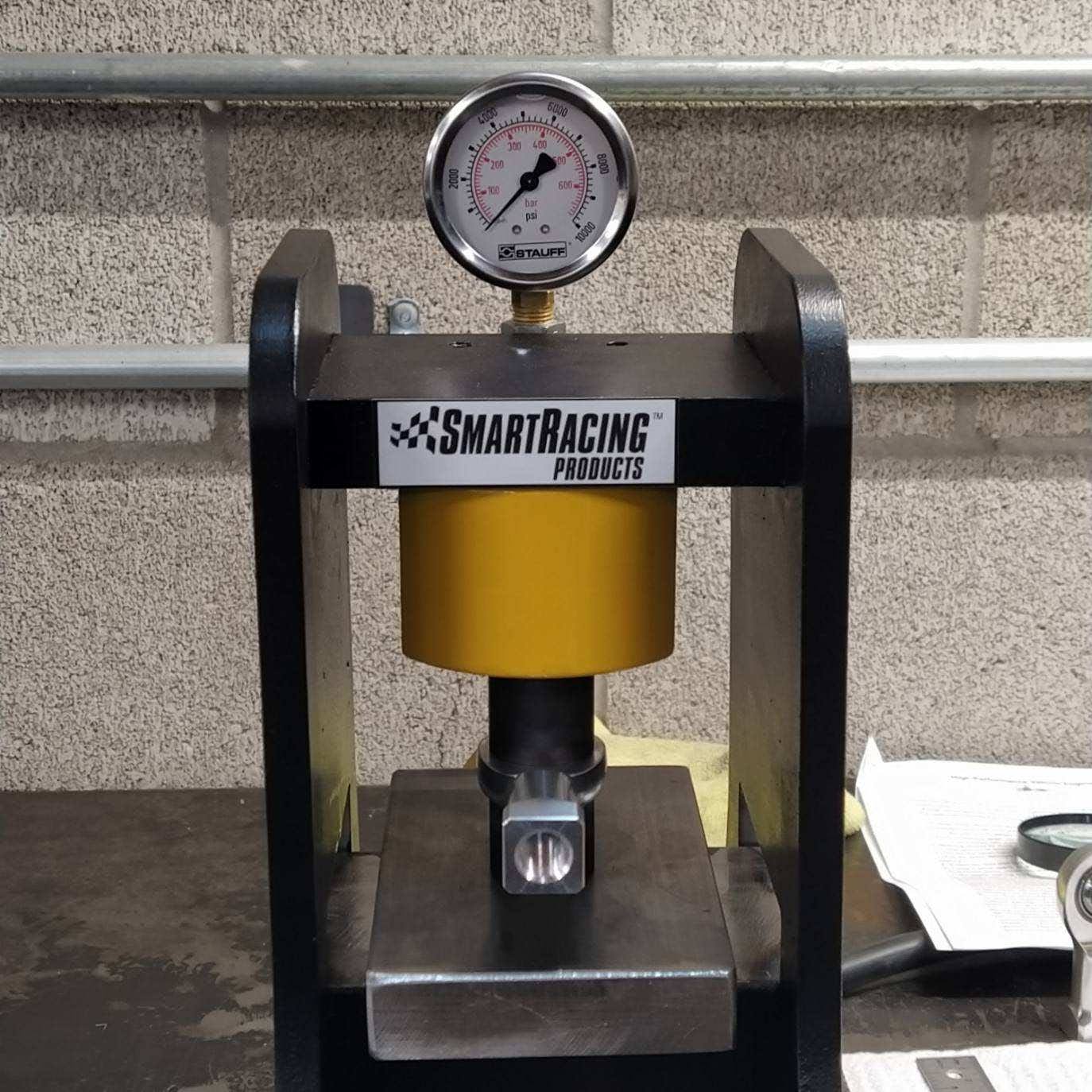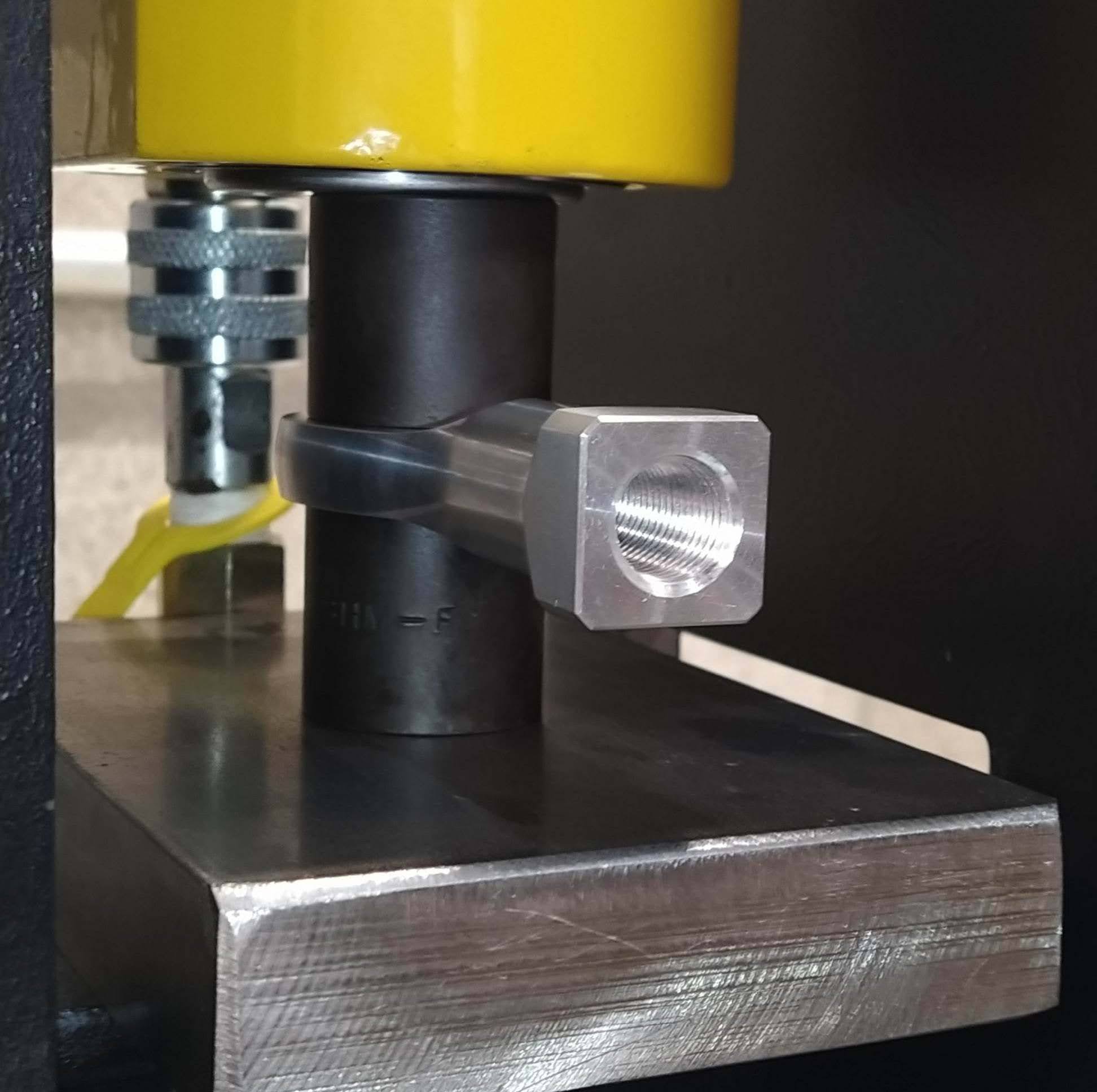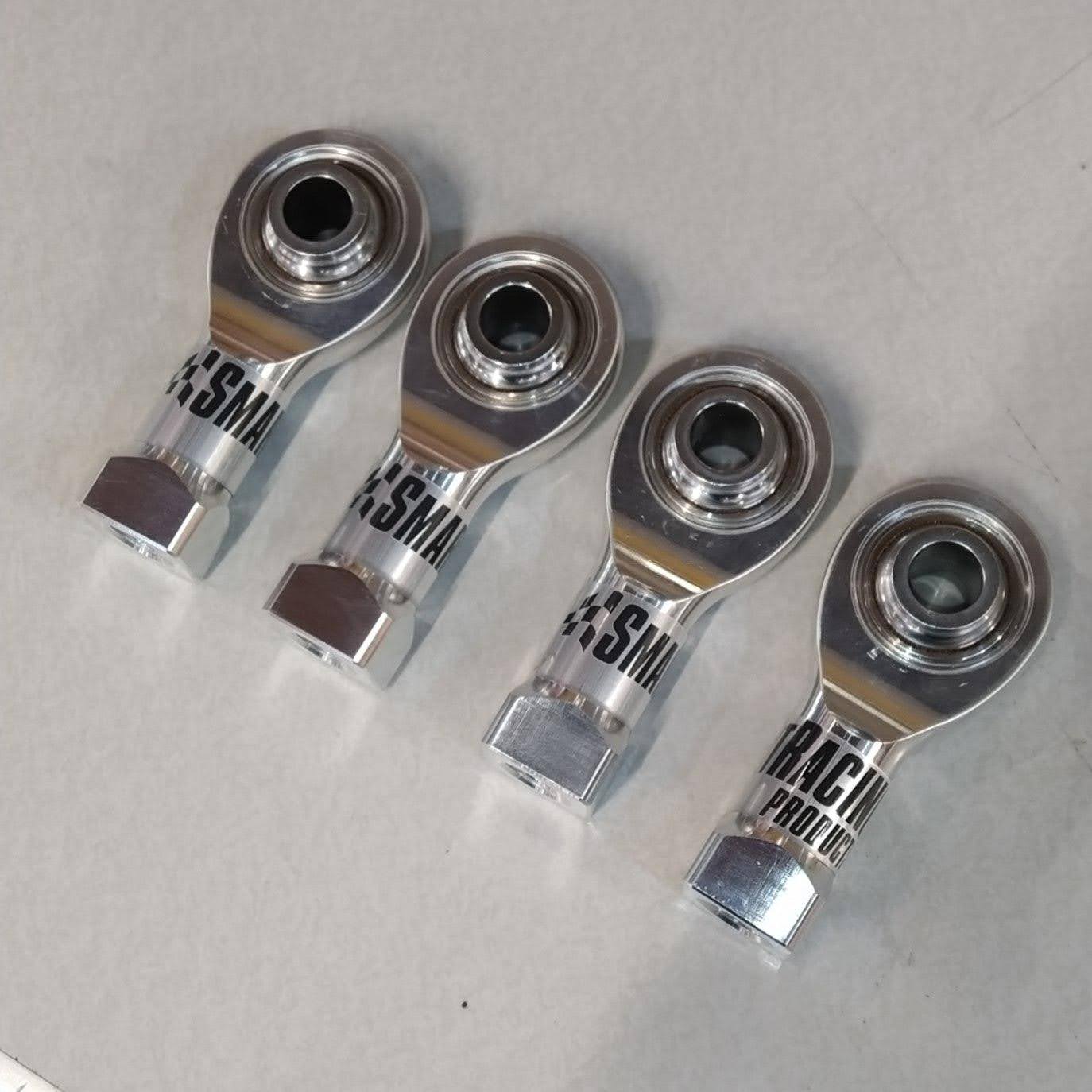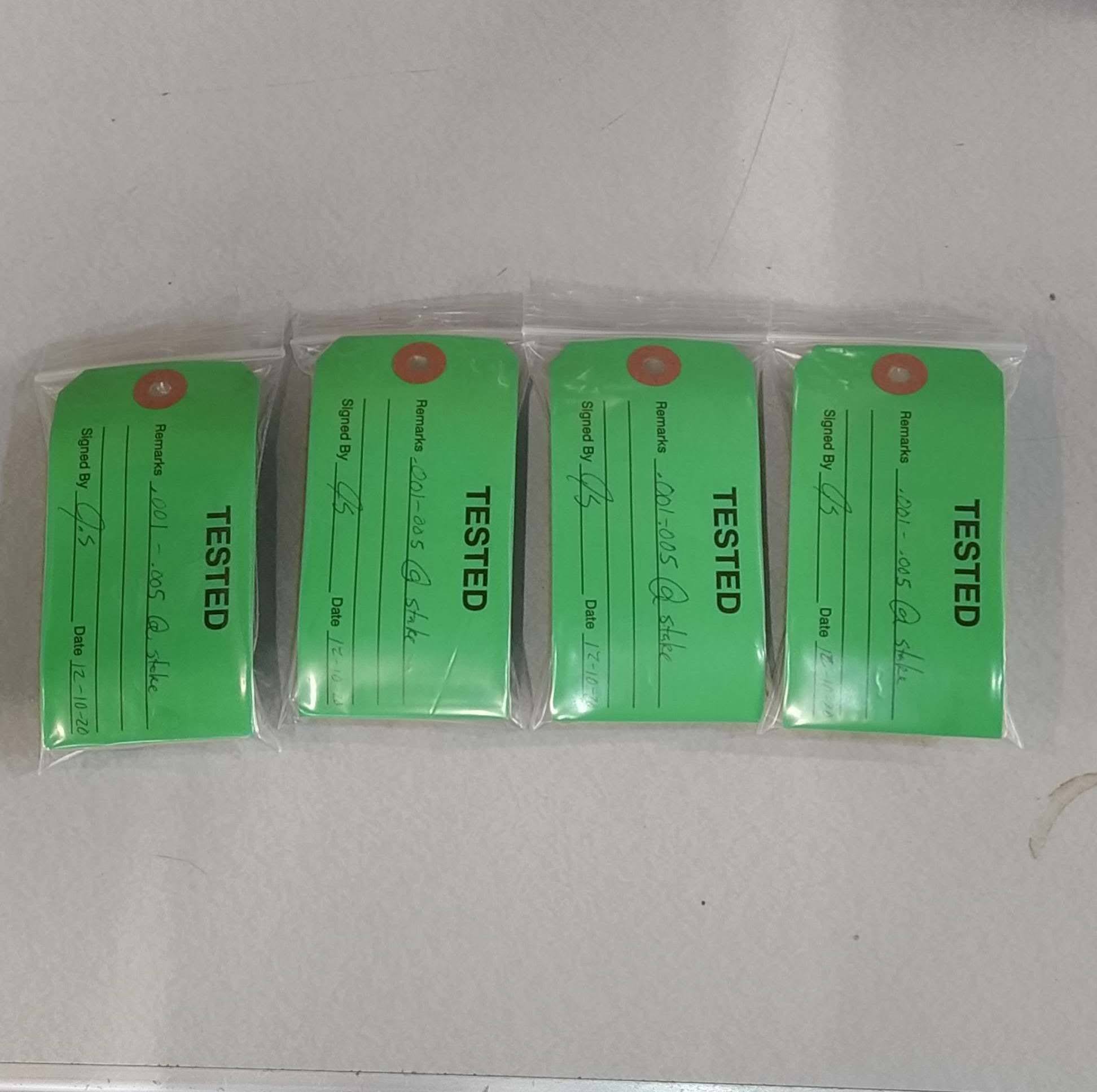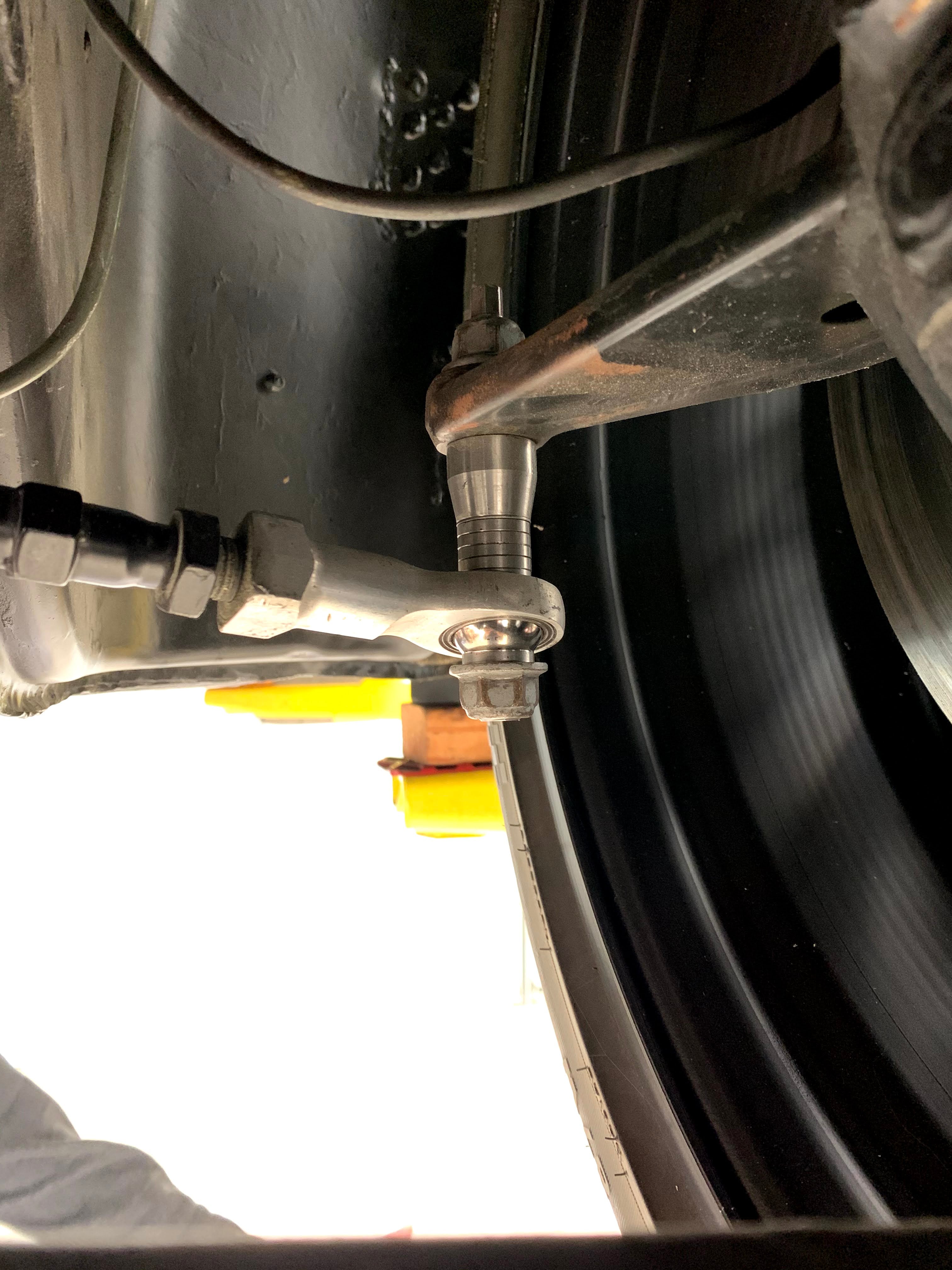Front Bump Steer correction Kit for ’65 to ’89 911’s
Front Bump Steer correction Kit for ’65 to ’89 911’s
This kit allows the front bump steer curve to be adjusted as desired to suit the car's intended use. It comes with the parts needed to replace the OE tie rod end and allows the angle of the tie rod itself to be changed by moving it up and down.
People often ask what sets our kits apart from the sea of cheapies. Well, they are made using more precision parts than other kits, use stronger steel in the upright pins, and the 5/8” rod ends are always Aurora, not cheap imports. These have been battle tested with top race teams for years and are made 100% with USA materials and labor. We chose to put the cost at the bottom of the list and make quality our #1 priority.
Understanding Bump Steer:
Bump steer is determined by the relative positions of the lower A-arm, the spindle and strut assembly and it tie rod (or steering rod) from the rack and pinion. Many people are not exactly sure what bump steer is, what is good or bad, or how to correct it. Think of bump steer as you would the steering wheel. The steering wheel turns the front wheels to change the direction of the vehicle – obviously. When a car is designed the front suspensions relative parts and pieces are designed so that when the front wheels go over bumps or the car sways in corners, and the suspension compresses or extends, the front wheels will stay in the same turning position (or arc) as the driver has deemed appropriate for any given turn. But if anything is changed, even ride height, that steering angle can change due to a geometry change. One of these days we’ll have a video explaining and giving examples of what it is and how it can be changed to increase the car's behavior in turns or on bumpy roads. But in general, if you jack the car up, then put blocks of wood under the front tires, then lower the car back onto them so the suspension compresses to its fundamental ride height position, then measure the angle of the bottom of the front OE A-arm mid-span, then measure the angle of the tie rod, those two angles should be within a degree of one another. For example, if the A-arm measures 7 degrees, the tie rod angle should measure 7.5 to 8 degrees. That will generate a pretty standard and acceptable bump steer curve (meaning a fairly straight line if plotted in an X,Y plot). If the angle is greater than one degree the car will experience toe-out as the suspension compresses (often called compression or bump). If less 0 or -1 degree or more, it will experience toe-in in bump. Ideally you want zero toe-change or just a small amount of toe-out.
